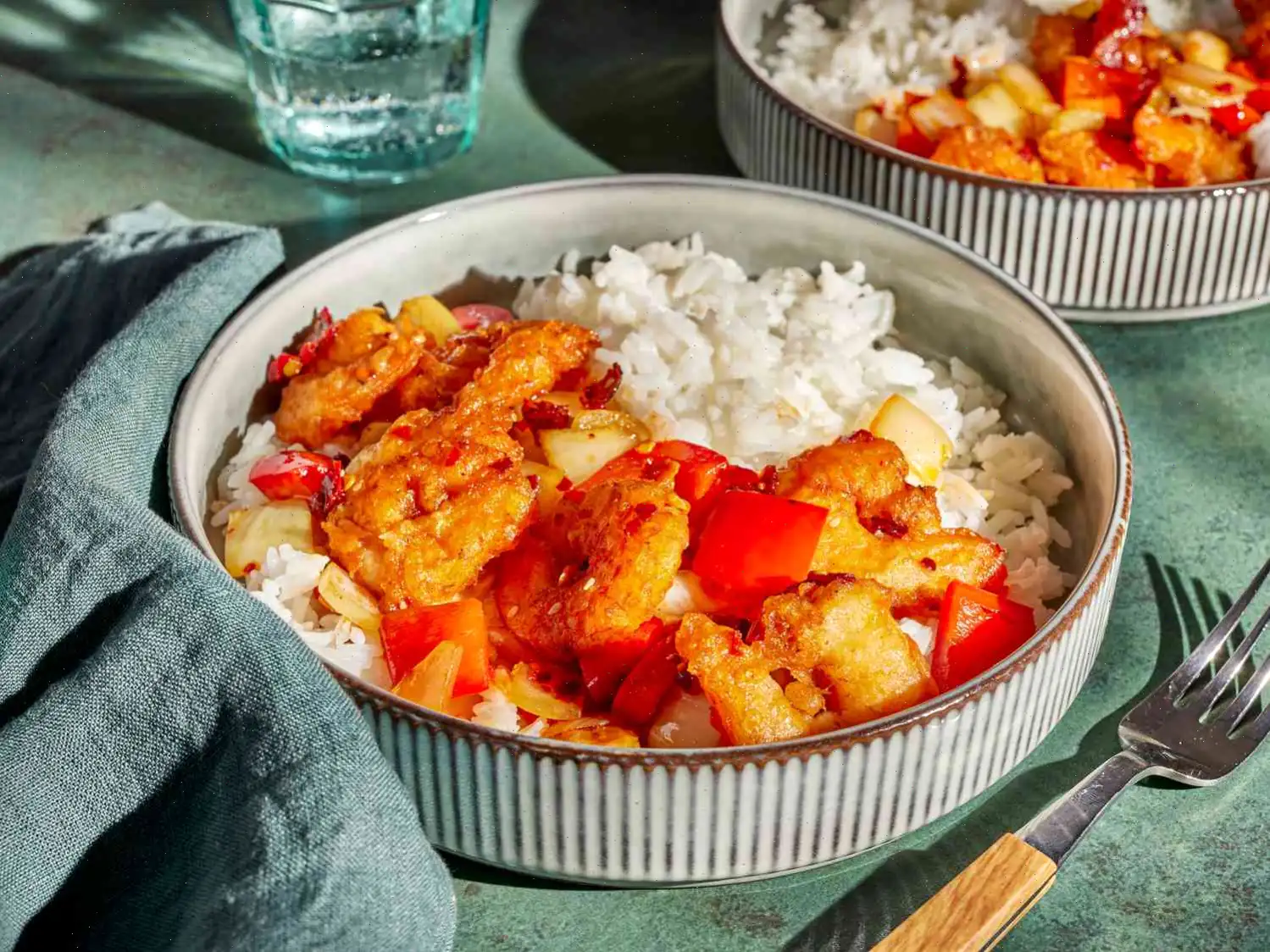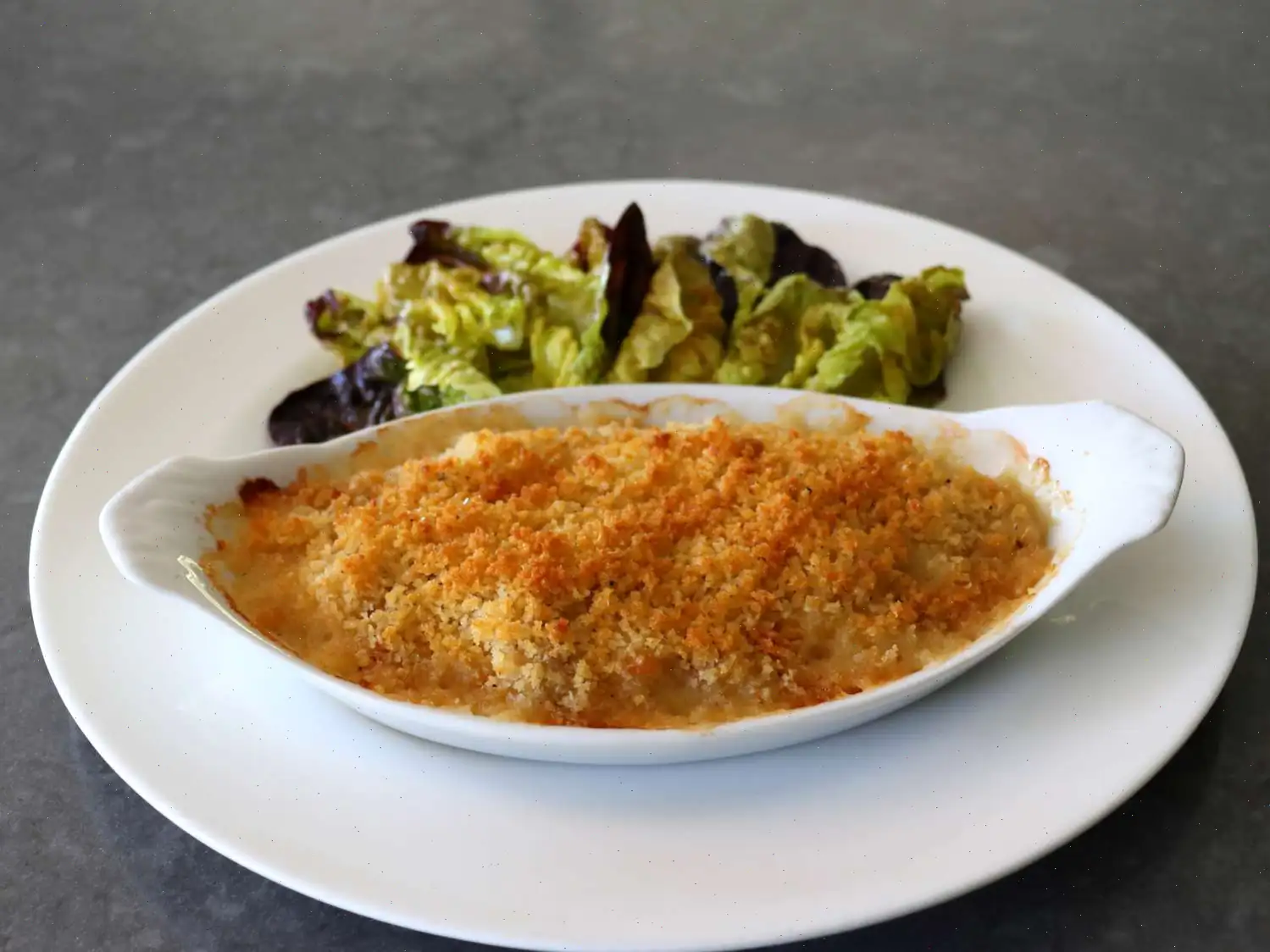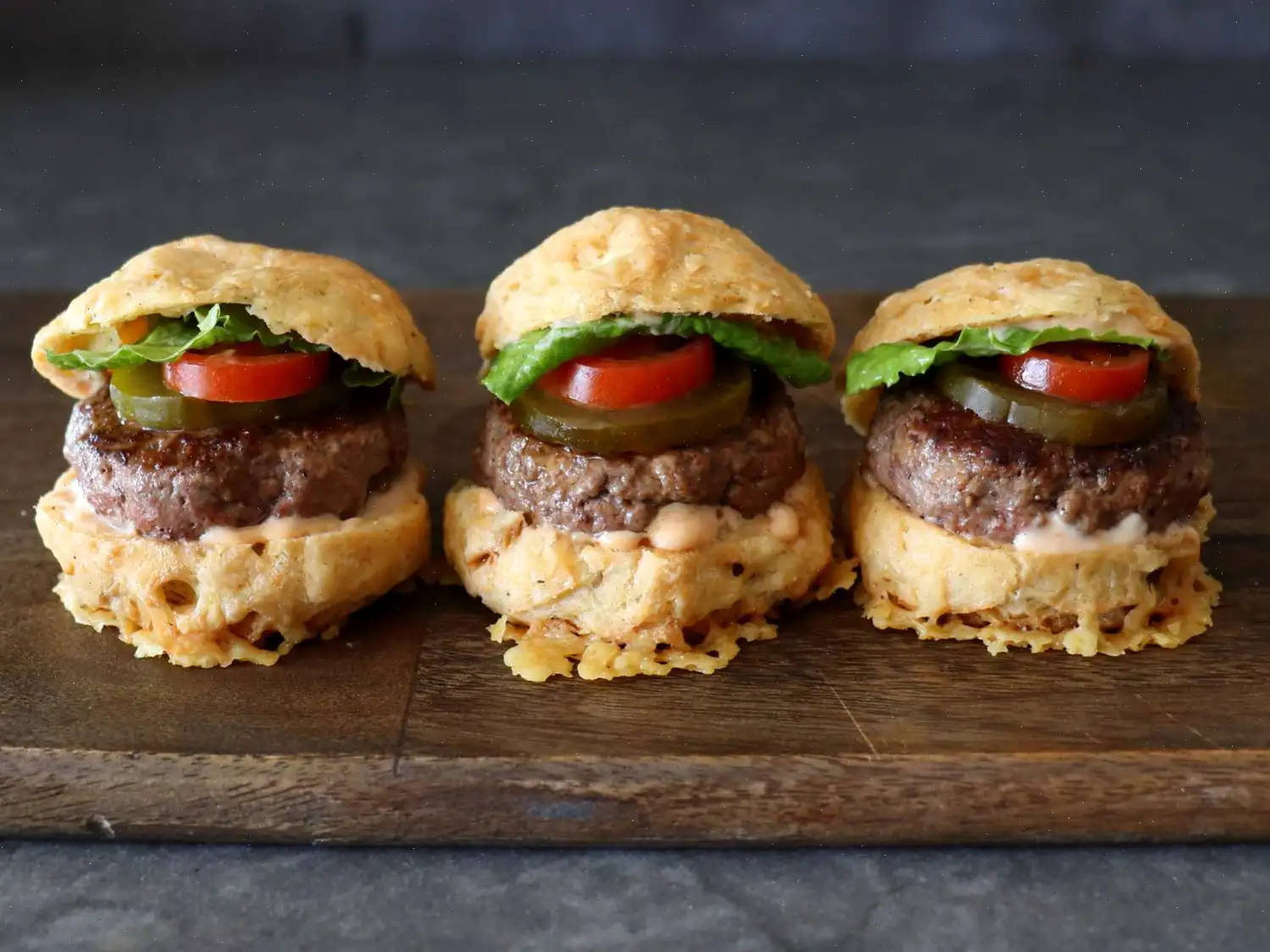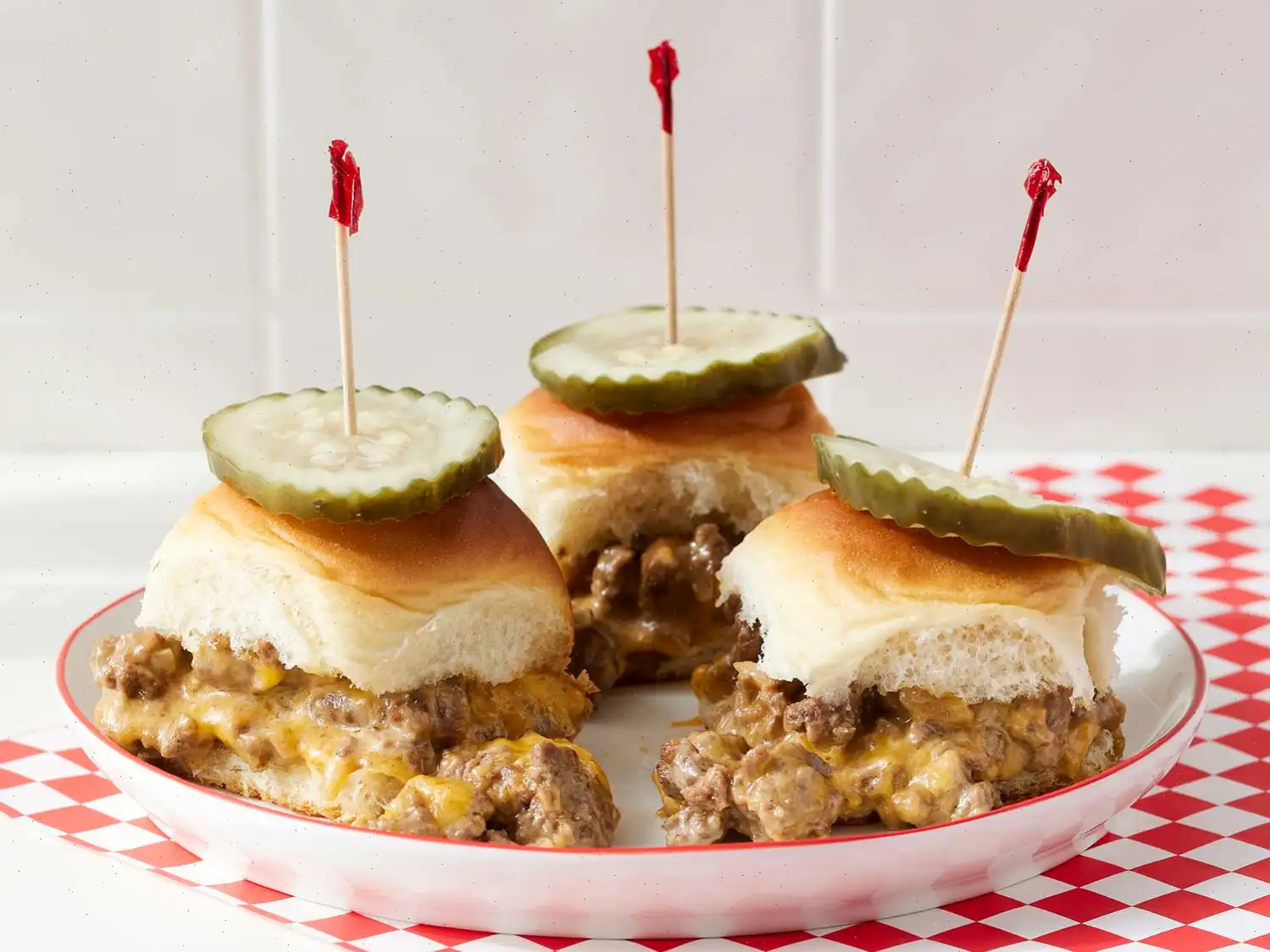
Harvest Salmon Bowls Recipe
Ingredients
- 4 (6 ounce) salmon filets
- 3 tablespoons spicy brown mustard
- 1 1/2 tablespoons honey
- 1/2 tablespoon lemon juice
- 1/2 cup olive oil
- 1/4 cup maple syrup
- 1 tablespoon apple cider vinegar
- 6 cloves garlic, minced
- 1/4 teaspoon salt
- 1/2 teaspoon freshly ground black pepper
- 1 head broccoli, separated into florets
- 16 ounces Brussels sprouts, halved
- 4 cups cooked quinoa
- 4 ounces feta cheese, crumbled
- 1/2 cup dried cranberries
- 1/3 cup chopped pistachios
Directions
- Preheat the oven to 400F (200C). Line a baking sheet with parchment paper.
- In a small bowl, combine the mustard, honey, and lemon juice. Set aside.
- In a large bowl, whisk together the olive oil, maple syrup, apple cider vinegar, garlic, salt, and pepper.
- Add the broccoli florets and Brussels sprouts to the bowl and toss until they are evenly coated with the dressing.
- Spread the vegetables evenly on the prepared baking sheet. Roast in the preheated oven for 20 minutes.
- After 20 minutes, remove the pan from the oven, toss the vegetables, and spread them out again evenly on the sheet.
- Place the salmon filets on the baking sheet with the vegetables, skin side down. Brush the salmon with the mustard mixture.
- Return the pan to the oven and roast for 12 to 15 minutes, or until the salmon flakes easily with a fork.
- While the salmon is roasting, prepare the bowls. Place 1 cup of cooked quinoa in each serving bowl.
- Once the salmon is done, remove it from the oven and place one filet on top of each quinoa serving.
- Divide the roasted vegetables evenly among the bowls, and top with crumbled feta cheese, dried cranberries, and chopped pistachios.
Nutrition Facts
Serving size: 1 serving
- Calories: 1175
- Total Fat: 64g (82% Daily Value)
- Saturated Fat: 13g (67% Daily Value)
- Cholesterol: 132mg (44% Daily Value)
- Sodium: 752mg (33% Daily Value)
- Total Carbohydrates: 97g (35% Daily Value)
- Dietary Fiber: 14g (50% Daily Value)
- Total Sugars: 40g
- Protein: 58g (116% Daily Value)
- Vitamin C: 139mg (154% Daily Value)
- Calcium: 327mg (25% Daily Value)
- Iron: 7mg (36% Daily Value)
- Potassium: 1832mg (39% Daily Value)
Note: Percent Daily Values are based on a 2,000 calorie diet. Your daily values may be higher or lower depending on your calorie needs. If you are following a medically restrictive diet, please consult your doctor or a registered dietitian before preparing this recipe for personal consumption.
The Story Behind Harvest Salmon Bowls
Harvest Salmon Bowls are a modern culinary creation that blends seasonal ingredients with nutrient-rich salmon. This dish emerged in the early 21st century as part of the "bowl food" trend in American cuisine, which emphasizes health-conscious meals served in a single, visually appealing bowl. Inspired by both farm-to-table philosophy and global superfood concepts, the Harvest Salmon Bowl combines roasted vegetables, quinoa, and flavorful toppings to create a balanced, hearty meal perfect for autumn.
Regional Variations and Influences
While the dish is broadly considered American, it draws influence from several regions. The use of Brussels sprouts and broccoli is reminiscent of Northern European roasting traditions, whereas quinoa reflects South American nutrition staples. Maple syrup and cranberries pay homage to North American harvest flavors, particularly from the Northeastern United States. Some variations may swap feta for goat cheese or pumpkin seeds for pistachios, depending on regional ingredient availability.
What Makes It Different from Similar Dishes
Unlike traditional salmon entrees, which may be served with a side of vegetables or rice, Harvest Salmon Bowls integrate all components in one bowl, creating a balanced mix of flavors, textures, and colors. Unlike poke bowls or grain bowls that often rely on raw ingredients or Asian sauces, this recipe emphasizes roasting and layering of fall-inspired produce with a sweet and tangy glaze for the salmon. The combination of quinoa, feta, cranberries, and pistachios distinguishes it from simpler salmon-and-vegetable dishes.
Typical Serving Occasions
Harvest Salmon Bowls are commonly served in casual dining restaurants, meal-prep cafes, and seasonal bistros, especially during fall and winter. They are ideal for lunch or dinner, offering a convenient and visually appealing option for health-conscious diners. Home cooks also favor these bowls for family meals and festive gatherings, as the colorful presentation makes them a centerpiece-worthy dish.
Interesting Facts and Tidbits
- The combination of salmon, quinoa, and roasted vegetables offers a complete protein profile, making this dish highly nutritious.
- The glaze of mustard, honey, and lemon juice was inspired by classic French and Scandinavian fish preparations, blending sweet and tangy notes.
- Using a sheet pan for roasting both vegetables and salmon simplifies cooking and enhances flavor through caramelization.
- The concept of "harvest" bowls aligns with seasonal eating trends, emphasizing ingredients at their peak freshness.
- This dish has gained popularity in wellness circles for its balance of omega-3 fatty acids, fiber, and antioxidants.
You can listen to this recipe in AI audio format. Simply click the play button below to listen to the content in a format that suits you best. It’s a great way to absorb information on the go!
FAQ about Harvest Salmon Bowls Recipe
Comments
Debra Cruz
01/28/2023 08:37:21 PM
Many ingredients required, so it takes time, but the end result is worth it. I didn't have spicy brown mustard, but whole grain old-style mustard worked just fine.








